Donate now to support the LLIFLE projects.
Your support is critical to our success.
Your support is critical to our success.
Accepted Scientific Name: Ledebouria socialis (Baker) Jessop
J. S. African Bot. xxxvi. 253 (1970)
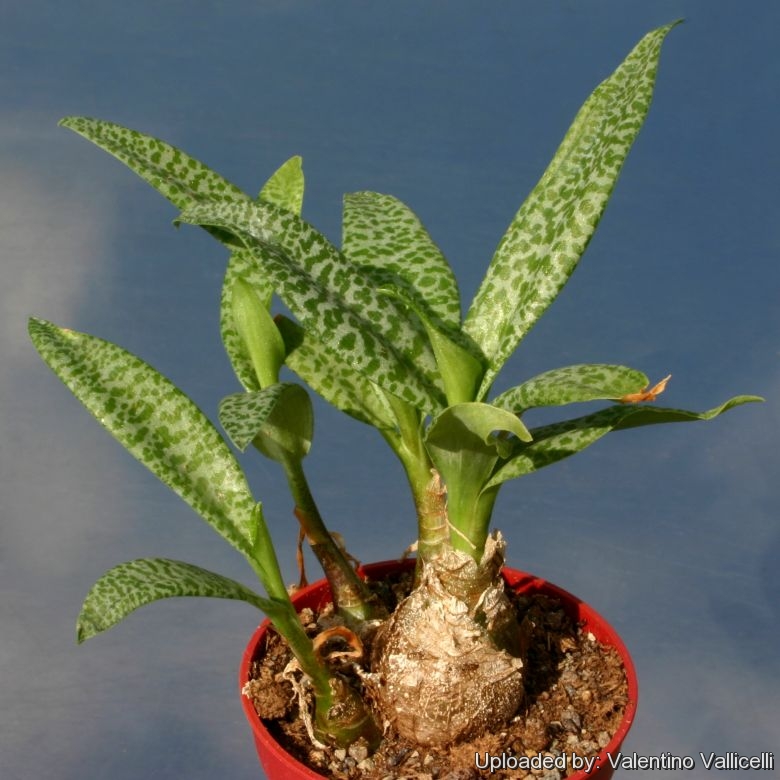
Scilla pauciflora Photo by: Valentino Vallicelli
It is a lovely undemanding houseplant; always a favorite carefree windowsill citizen, and a great visual companion to the more commonly available Ledebouria violacea.
It is a lovely undemanding houseplant; always a favorite carefree windowsill citizen, and a great visual companion to the more commonly available Ledebouria violacea.
Synonyms:
- Scilla pauciflora Link ex Schult.f.
See all synonyms of Ledebouria socialis
back
Accepted name in llifle Database:Ledebouria socialis (Baker) Jessop
J. S. African Bot. xxxvi. 253 (1970)
Synonymy: 7
- Ledebouria socialis (Baker) Jessop
- Scilla socialis Baker
- Ledebouria paucifolia (Baker) hort., nov. comb. ined.
- Scilla paucifolia Baker
- Ledebouria violacea (Hutch.) Tjaden
- Scilla violacea Hutch.
- Scilla pauciflora Link ex Schult.f.
back
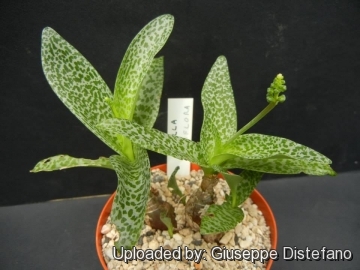
Scilla pauciflora Photo by: Giuseppe Distefano
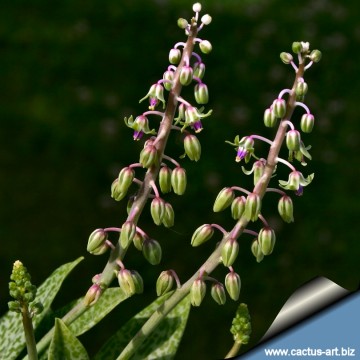
Scilla pauciflora Photo by: Cactus Art
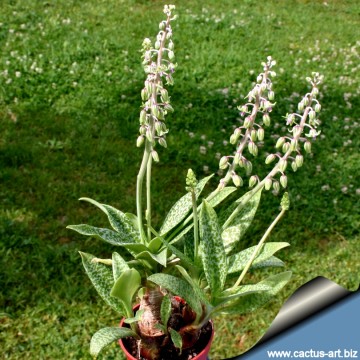
Scilla pauciflora Photo by: Cactus Art
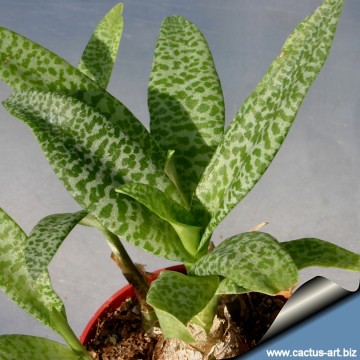
Scilla pauciflora Photo by: Cactus Art
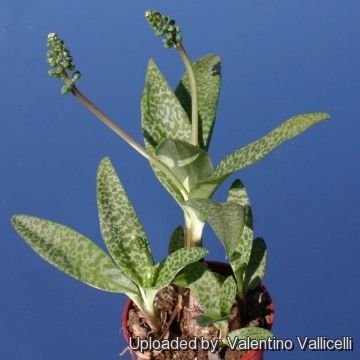
Scilla pauciflora Photo by: Valentino Vallicelli
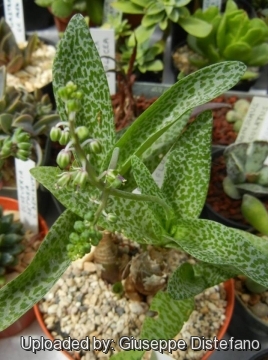
Scilla pauciflora Photo by: Giuseppe Distefano
| Your Actions | |
|---|---|
| Back to Scilla index | |
| Back to Hyacinthaceae index | |
 |
Back to Bulbs Encyclopedia index |







